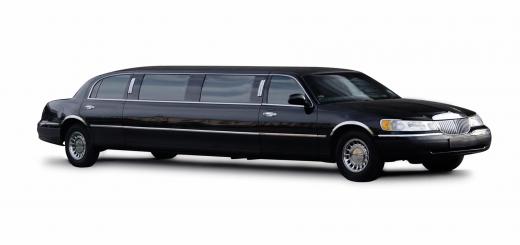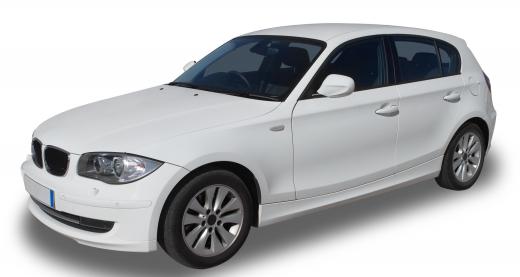Glass tinting is a term given to any process which alters glass to reduce the passage of light or a specific band of radiation. Glass tinting may be used to reduce the glare of light, to lower the amount of heat that enters a building or car, to allow inhabitants to remain very private, or simply as an aesthetically appealing way of decorating one's windows. Glass tinting may be done either by adding a chemical to the glass during its creation, or by adding a window film either on or between glass sheets after it has been made. Glass tinting usually results in a discoloration of some sort, depending on the chemicals used in creating the tint. Common colors include yellow, blue, green, and of course, black.
One popular use of glass tinting is in house windows to reduce the amount of UV radiation which enters the building. UV radiation causes fading in paintings, upholstery, and carpeting over time, and by using glass tinting a homeowner can slow down this inevitable process. This type of tint is usually made to allow as much natural light in as possible -- to keep the house well lit -- while stopping only the damaging bands of light.

Preventing heat gain is also an important use of glass tinting. In warmer climates, energy costs can increase significantly due to a constant need to cool off the interior of a house because heat is added over the course of the day through sunlight. While one option is to use curtains or shutters to block out the light entirely, many people want an alternative which allows them to continue to enjoy the ambient daylight, but reduces the heat that light brings. Glass tinting is extremely effective, often blocking more than 50% of solar heat by increasing the reflectance of the glass surface.
Window film is a type of glass tinting used both in buildings and automobile windows. These films may be used as a method of stopping UV light and heat from entering, but are more commonly used as a privacy tint.

For cars, there are four main grades of glass tinting, indicating how much light is allowed to pass through. Fifty percent tint allows half of the light to pass through, which is still more than enough for full visibility. Thirty percent is much darker, but still allows visibility. Twenty percent makes the window difficult to see through on either side, but shapes can still be seen fairly clearly. Five percent is the darkest tint available, and is also known as limo tint. At a 5% tint, visibility from the high-light side, usually the outside, is virtually none, while those on the low-light side can see the outside with relative clarity.

Pricing for glass tinting is surprisingly affordable, with tinted windows for houses usually paying for themselves in energy savings over a mere few years. Glass tinting on cars is controlled by the laws of the state or province, so be sure to check and make sure your desired level of tinting is street legal where you live.
